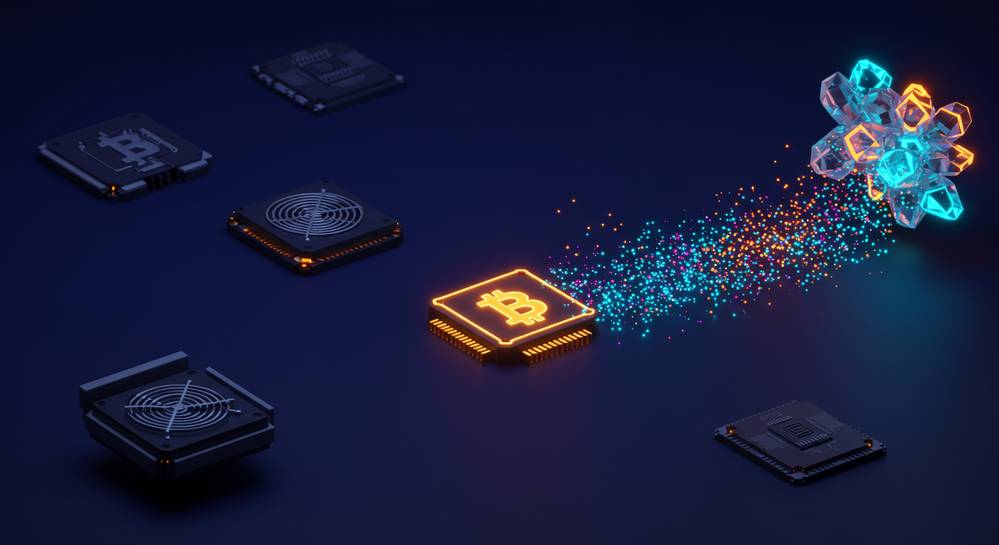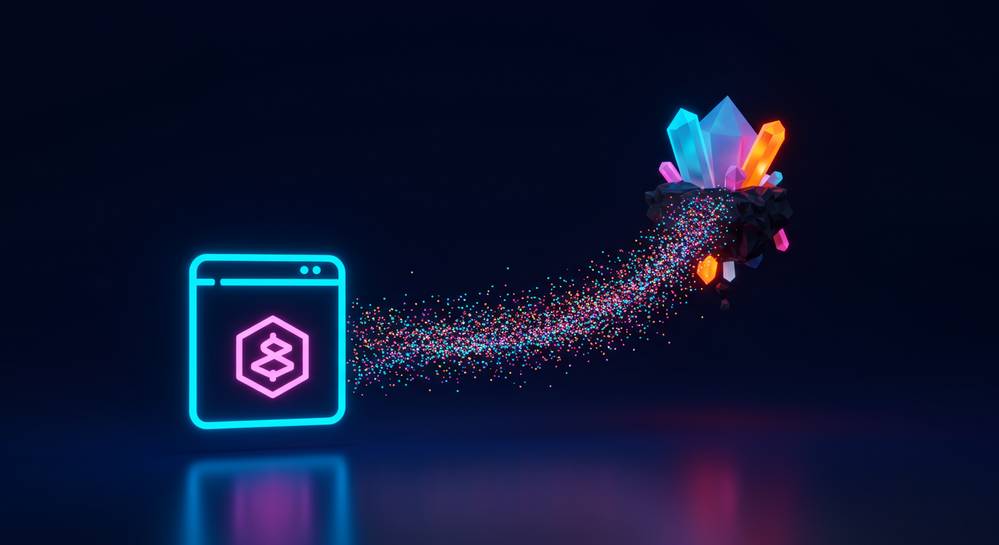Thinking about mining Bitcoin? It is a complex but potentially rewarding process. This guide breaks down the essential steps to mine bitcoin, from choosing the right hardware and software to joining a mining pool. We will explore the entire process to help you understand what it takes to become a Bitcoin miner and validate transactions on the blockchain network.
Understand the fundamentals of bitcoin mining
The essential steps to mine bitcoin for beginners
The practical bitcoin mining process moves beyond theory into actionable stages. Success is not just about raw power, but also about strategic preparation. Each step builds upon the last, creating a foundation for an efficient mining operation. For most individuals starting in 2025, joining a collective effort is more viable than mining solo due to the network’s immense difficulty. This approach mitigates risk and provides a more predictable income stream.
- First, you must set up a crypto wallet. This is where your mined Bitcoin will be sent and stored securely.
- Select the appropriate mining hardware. As we will cover next, this choice is the most critical factor for profitability and efficiency.
- Join a reputable mining pool. Pools combine hashing power from many miners, increasing the chance of solving a block and sharing the reward.
- Download and configure mining software. This program connects your hardware to the mining pool and the Bitcoin network.
Select your bitcoin mining hardware

ASIC miners: The required standard
Selecting the right hardware is the most critical financial decision for a miner. In 2025, Application-Specific Integrated Circuit (ASIC) miners are the only viable option for Bitcoin. These devices are custom-built to solve SHA-256 algorithm problems with maximum efficiency. They deliver immense hashing power while minimizing electricity costs, a combination essential for profitability. Any other type of hardware is simply not competitive in the current environment.
When choosing an ASIC, focus on three core metrics:
- Hash Rate (TH/s): The machine’s raw computational speed.
- Power Consumption (W): The energy required to run the miner.
- Efficiency (J/TH): The most important factor, measuring energy use per hash. Lower is better.
Why CPU and GPU mining is obsolete
While early adopters could mine Bitcoin with CPUs and later GPUs, this method is now a part of history. The computational power of these general-purpose components is insignificant against modern ASICs. Using a CPU or GPU for Bitcoin mining today would cost far more in electricity than you could ever earn in rewards, guaranteeing a loss.
Choose mining software and join a mining pool

Connect your hardware with software
Your ASIC miner requires a program to function. Mining software acts as the crucial bridge, connecting your hardware to a mining pool. It receives work assignments from the pool, directs your miner to perform the calculations, and reports the results back. Fortunately, most modern ASICs come with pre-installed software, which simplifies the initial setup. This makes one of the technical steps to mine bitcoin much more accessible for beginners.
Why joining a mining pool is essential
Attempting to mine solo is no longer practical for individuals. The odds are too low to find a block and earn a reward. A mining pool is the solution, combining the hash power of many participants. This collective approach significantly increases the chances of success. When the pool finds a block, the reward is distributed based on each member’s contribution, creating a more stable and predictable income stream. When choosing a pool, consider its fee structure and payout method.
Set up your wallet and configure your mining operation

Secure your bitcoin wallet first
Before you can earn rewards, you need a secure place to store them. This is one of the most overlooked yet critical steps to mine bitcoin. A Bitcoin wallet provides the address where your mining pool sends your earnings. For maximum security, a hardware wallet is strongly recommended over software options. Once set up, generate a new receiving address; you will need this for the pool configuration.
Configure your ASIC miner
With your wallet ready, the final configuration begins. This process connects your ASIC miner to the internet and your chosen mining pool. After saving the settings and restarting, the device will start hashing. You can then monitor its activity and earnings through your pool’s dashboard.
- Connect the miner to power and an ethernet cable for a stable internet connection.
- Find the miner’s IP address on your network to access its web-based control panel.
- Enter the pool’s server URL, your pool username, and password into the software.
- Provide your Bitcoin wallet address in the pool’s payout settings to receive rewards.
Mining Bitcoin requires a significant investment in hardware and a clear understanding of the process. By following these steps—selecting the right equipment, software, and pool—you can participate in securing the network. For more insights into the world of blockchain technology, explore Solution Of Blockchain and stay ahead of the curve.
